The Firmafede Fortress in Sarzana is hosting, from Oct. 23 to Nov. 21, an exhibition dedicated to one of the most important photographic projects of the 20th century, Un paese by Cesare Zavattini and Paul Strand, published by Einaudi in 1955 as a photobook or “film on paper.” The exhibition, titled Un’idea di paese, conceived and curated by Spazi Fotografici (Sarzana) with Fondazione Un Paese (Luzzara) and ISIA Urbino, is an exhibition inspired by the book Un paese, which still represents one of the most significant editorial works in the history of photography. The intent of the review is to bring together different experiences united by a certain attention to places, to the small places of inlandItaly. Attention, on the one hand, daughter of the aforementioned photo-textual operation, on the other hand, daughter of trends (those that look at the value of archives, heterogeneity, participatory design experiences) that in recent decades have increasingly taken the field within the world of photography, culture, contemporary art. This exhibition, which makes use of an important part of the photographic heritage preserved in the collections of Fondazione Un Paese, is therefore intended to be a traversal of the series of works made in Luzzara from the 1950s and, then, leap to the present day with the section of Archivio Bellosguardo and Archivio Atena.
On display are works by Hazel Kingsbury Strand, Gianni Berengo Gardin, Luigi Ghirri, Stephen Shore; Marco Baldassari, Marco Signorini and Luca Andreoni, at the time participants in Shore’s workshop (Linea di Confine); Olivo Barbieri, Marcello Grassi, Fabrizio Orsi, Vittore Fossati, David Maialetti and Kai-Uwe Schulte-Bunert. Completing the exhibition are the projects Archivio Bellosguardo and Archivio Atena, born from an idea of Alessandro Imbriaco and then coordinated with Alessandro Coco, in two small towns of the Cilento region (Bellosguardo and Atena Lucana), consisting of a selection of 82 prints including family photographs and productions by young authors invited in residence. This lanima of a project that already replicated on two municipalities is proposed as a new format, another idea. In fact, the project not only wants to enhance the experiences reported in the exhibition, but to open from there new spaces for in-depth study and research; and to start in parallel, in Lunigiana, a laboratory son of that model already tested with Archivio Bellosguardo and Archivio Atena. For this, scheduled, in addition to the opening event (information about which can be found here), are a series of meetings and workshops on photo-texts and a workshop on Archives, local, private or family, with Alessandro Coco and Alessandro Imbriaco at the helm. For all information you can visit the Photographic Spaces website.
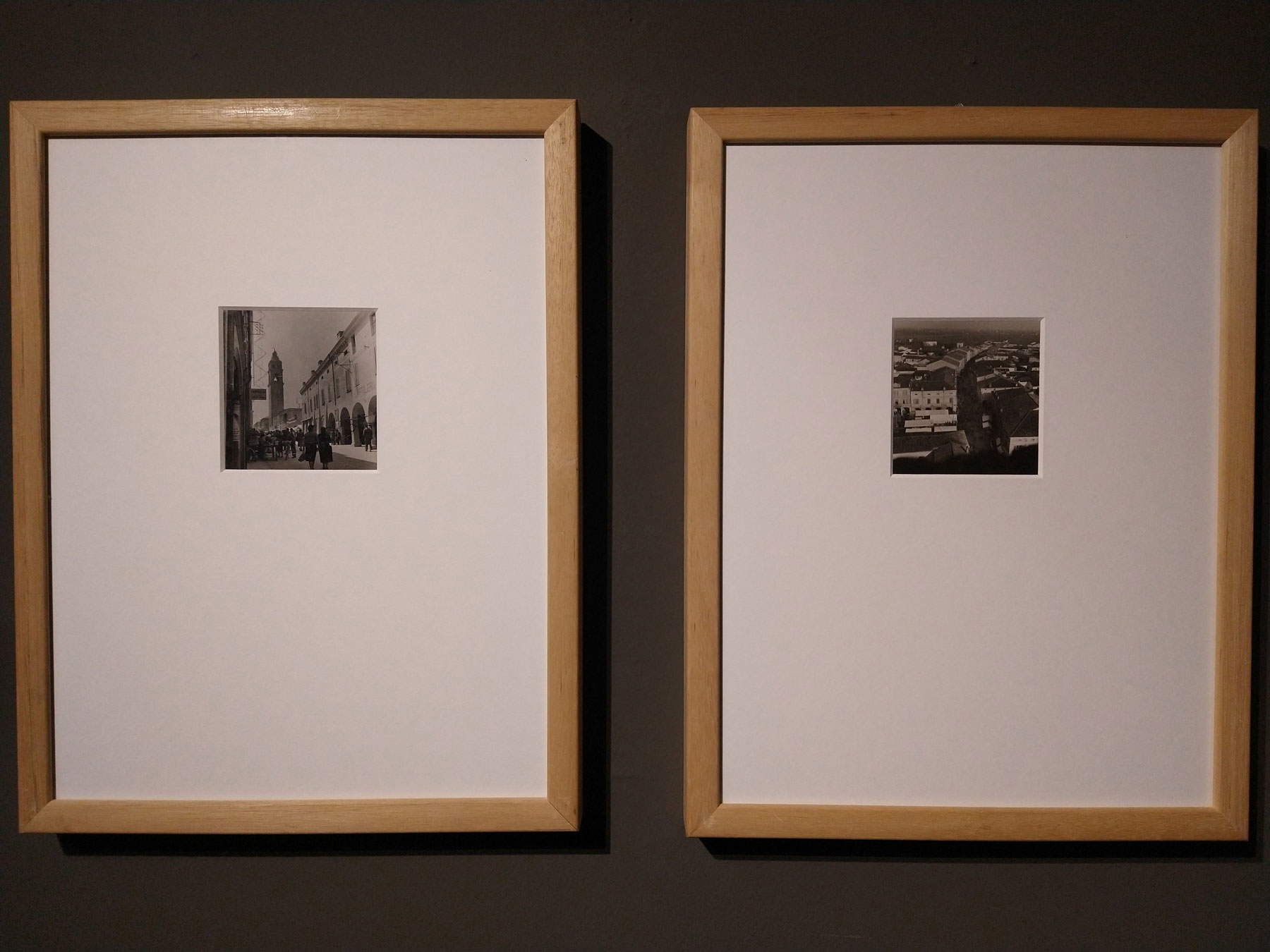
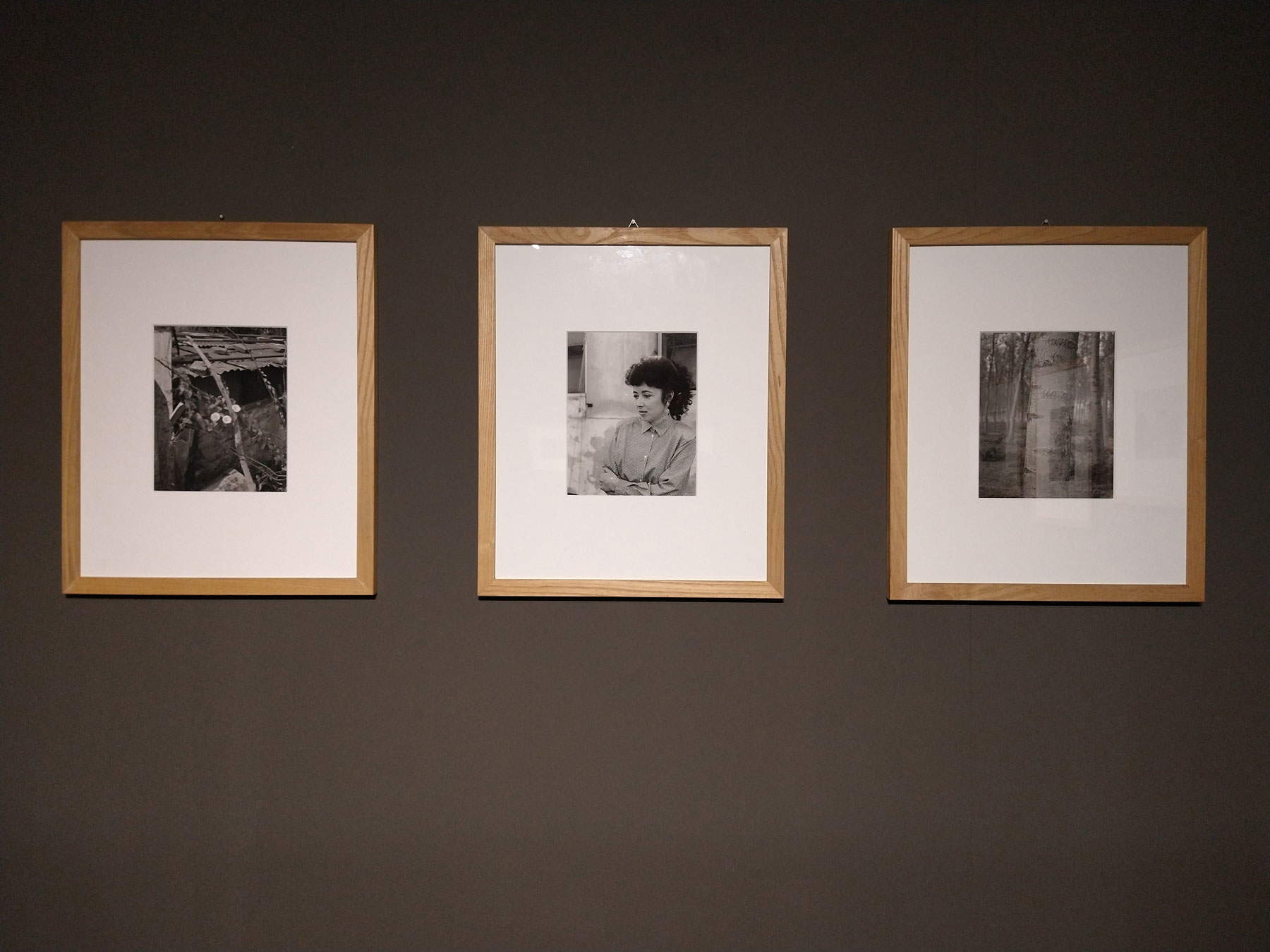
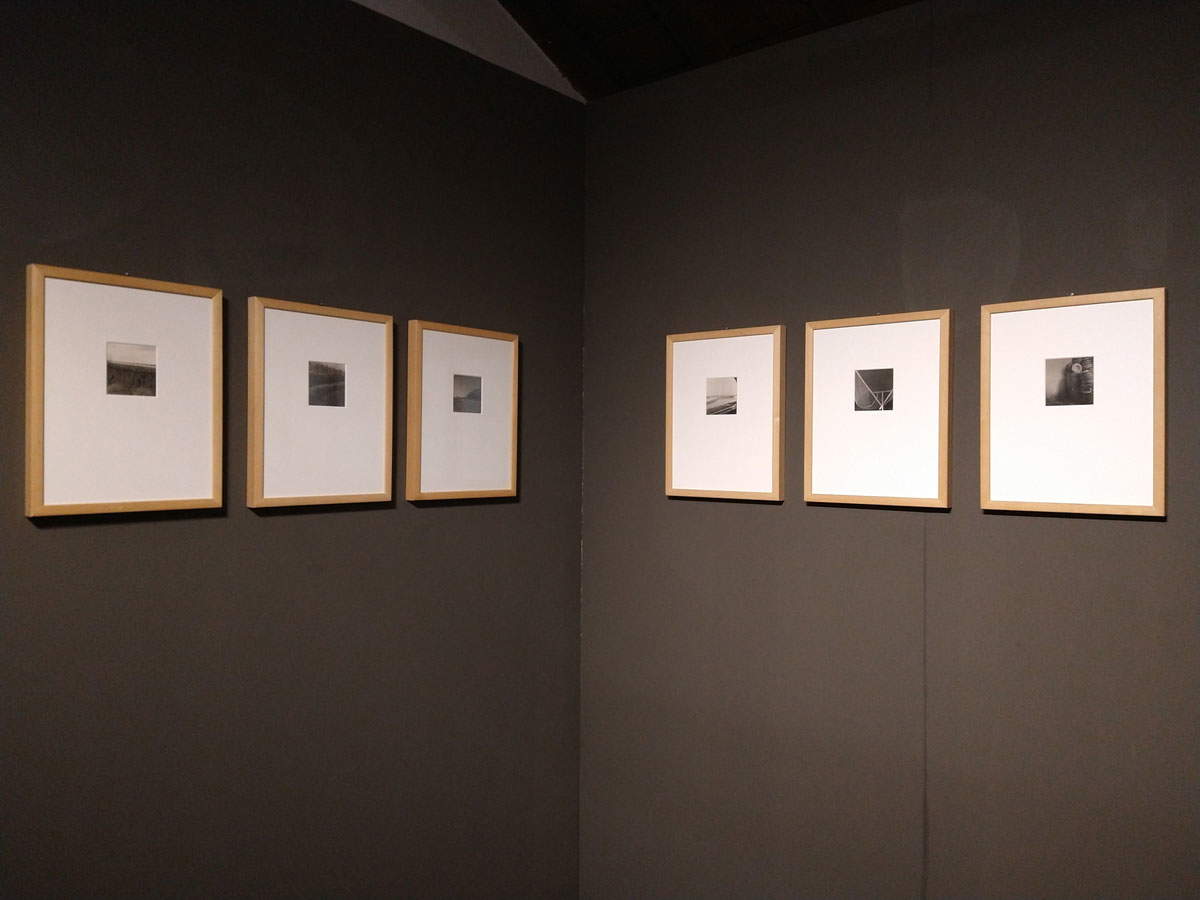
One of the earliest Italian photo-books and a landmark example in the history of photo-texts, Un paese sees Cesare Zavattini (Luzzara, 1902 - Rome, 1989), a writer and intellectual among the main theorists of Italian Neorealism, made famous by his artistic association with Vittorio De Sica, and Paul Strand (New York, 1890 - Orgeval, 1976), an internationally renowned American photographer, seek together, with different languages, a non-stereotypical restitution of life and places on which the spotlight is not normally shone. When Strand and Zavattini met, in Perugia in 1949, the time was ripe for a collaboration that would come to fruition in 1952. On the one hand, Strand, a pioneer of straight photography, had long been pursuing the idea of a story in pictures along the lines of Edgar Lee Masters’ Spoon River Anthology. On the other Zavattini had recently launched the idea of Italia mia, an unsuccessful film project converted for Einaudi into a photobook publishing project or as they called them “films on paper”: a choral work by photographers, filmmakers, and intellectuals of Neorealism, designed to illustrate postwar Italy through the voices and faces of its inhabitants. Each issue was to focus on a different place. Zavattini decided to dedicate his own to Luzzara, his birthplace.
So, Paul Strand moved there for six months with his wife Hazel Kingsbury Strand, to photograph it in his own way. Of the history of the book and its design Laura Gasparini writes with Alberto Ferraboschi in Un paese. History and Legacy, released on the occasion of the exhibition held in 2017 in Fotografia Europea. Zavattini’s text, not a mere didactic accompaniment to Strand’s photos but a poetic-descriptive collection of villagers’ confidences, first among experiments of its kind in terms of idea, structure and form, offers a glimpse of collective memory, opening up new and unprecedented research in literature and cinema. Despite the fame of the two and the major announcement of the initiative, the book was not as successful as hoped. The Italia mia project was soon discontinued. Having become unobtainable, it was republished in 1997 by Fratelli Alinari IDEA with Aperture Foundation, which holds archive and rights to the Strand couple’s works. From there, the long history of artistic pilgrimages to a mythologized Luzzara. The first to return to the village was Gianni Berengo Gardin, in 1976, followed in the 1980s by Luigi Ghirri, in 1993 by Stephen Shore, who organized his sixth Photography Workshop there, in which Luca Andreoni, Marco Baldassari and Marco Signorini (now established authors) participated, among others; in 1996 Olivo Barbieri; in 2004 Marcello Grassi and Fabrizio Orsi; in 2007 Vittore Fossati; between 2014 and 2017 David Maialetti; and in 2021 Kai-Uwe Schulte-Bunert.
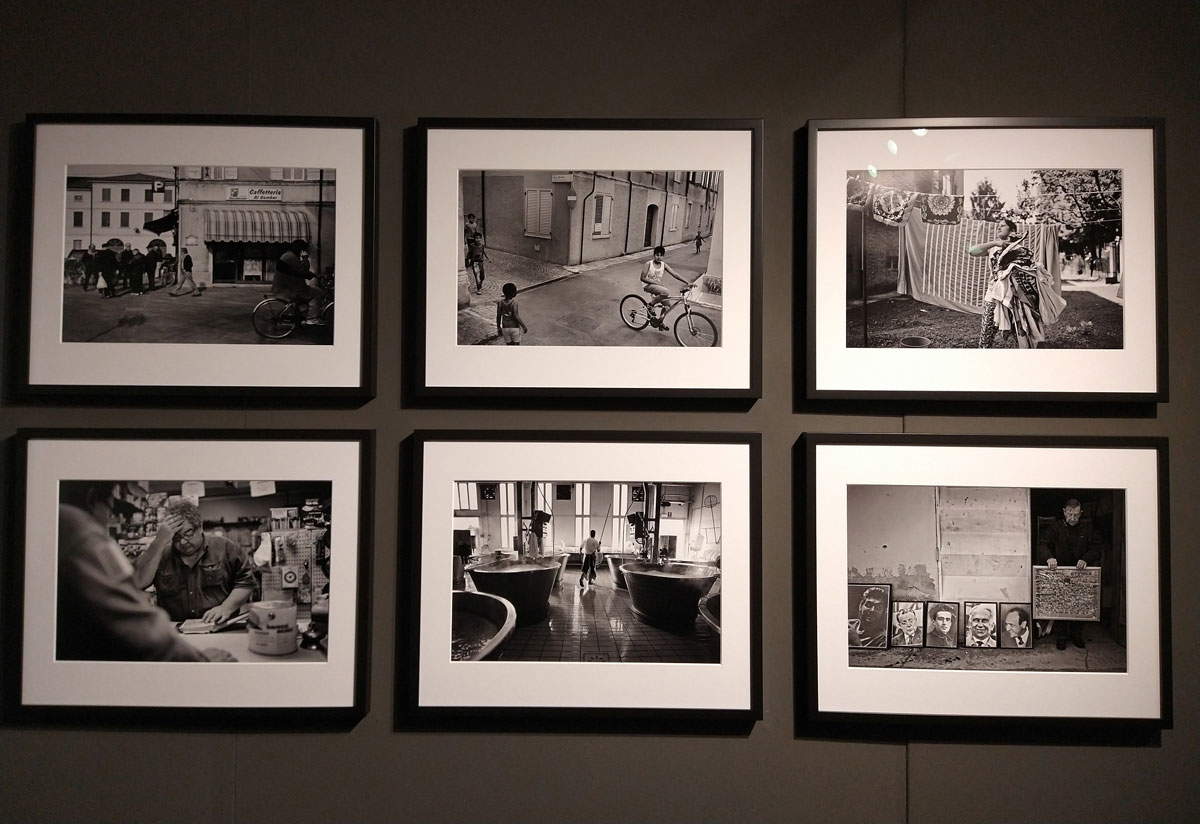
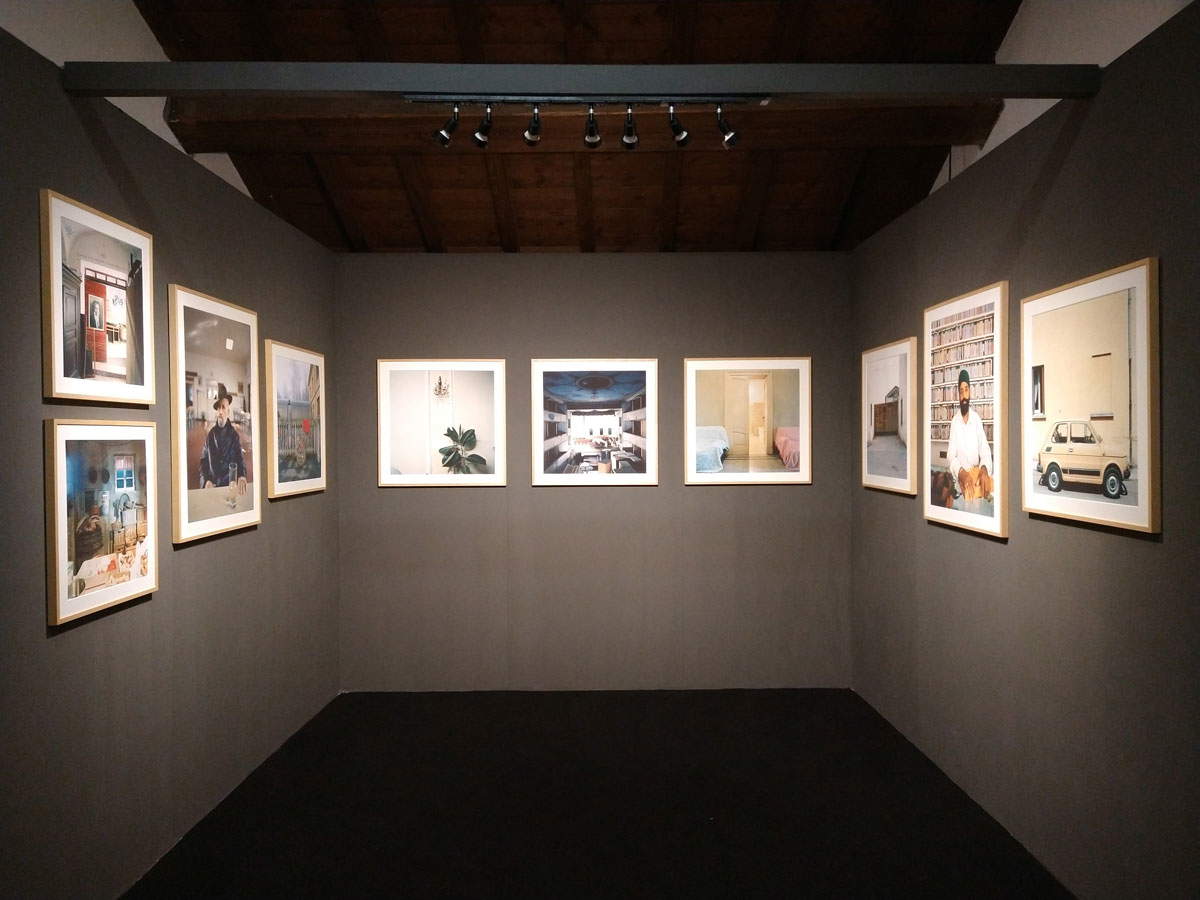
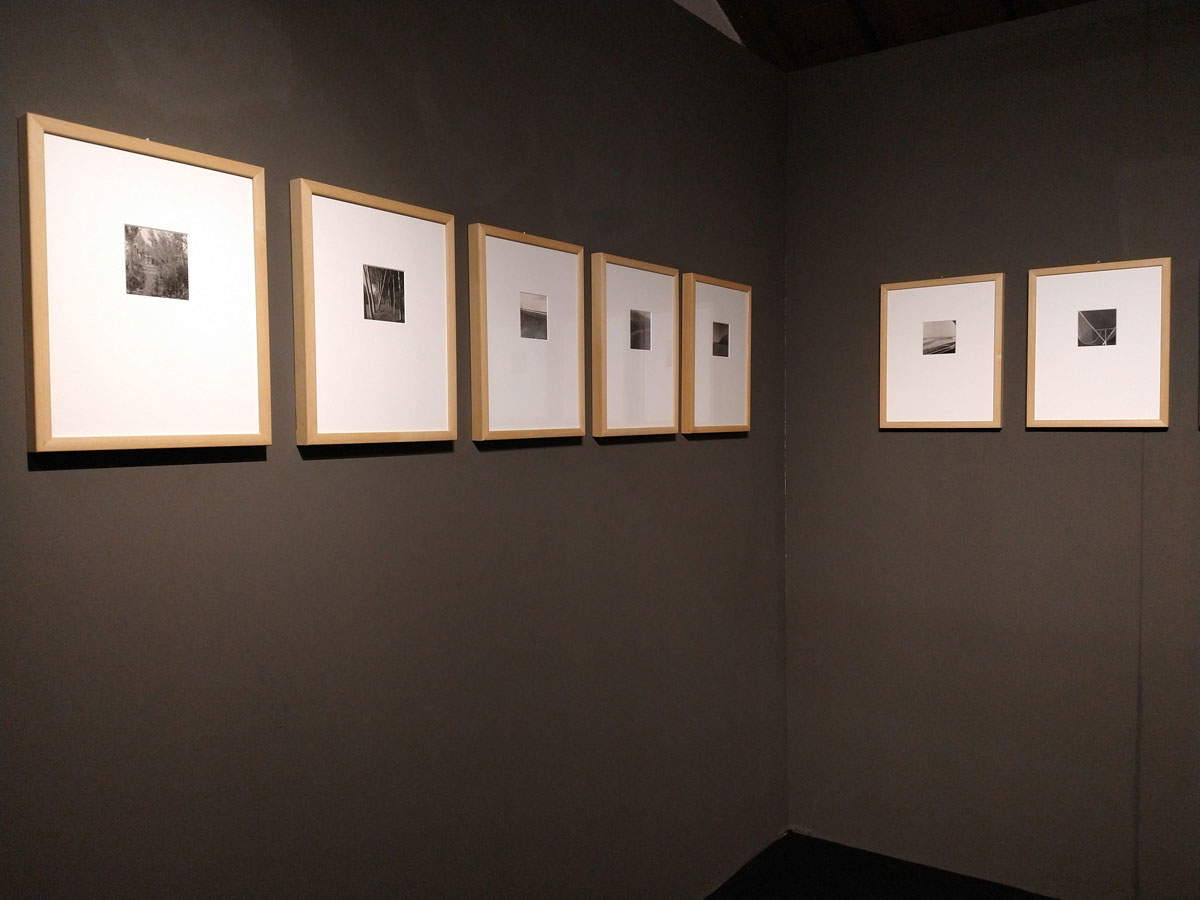
The exhibition itinerary opens with photographs by Hazel Kingsbury (1907 - 1982), wife of Paul Strand, also a photographer. Together they moved to Europe in 1951 and carried out photographic reconnaissance, he carrying out his production, she assisting him, documenting, and in turn making very personal reportages. The rediscovery of the works on display occurred in the 1980s thanks to the work of Luigi Ghirri and Paolo Costantini, who in 1989 published with CLUP the book Strand. Luzzara: the two, with ample philological care, reconstruct and contextualize the figure of Hazel Kingsbury Strand, giving her her own dignity. The found photographs seem to underline the thesis of the construction of a work carried out on the basis of a rough script, the drafting of a project for which Ghirri uses the term “sinopia.”
After the experience of Zavattini and Strand, the first to return to Luzzara are Gianni Berengo Gardin (Santa Margherita Ligure, 1930) and Luigi Ghirri (Scandiano, 1943 - Reggio Emilia, 1992), for different reasons and in different ways but close at least in terms of interest and sensitivity. The former is challenged by Zavattini himself to tell that same country in his own way, the latter because of that tension that always recalls him to the province, the “place par excellence.” It was 1976 when the volume Un paese vent’anni dopo by Berengo Gardin was published by Einaudi: the Ligurian photographer was already collaborating with Zavattini and was his friend, and one evening he confessed to him that, as much as he esteemed Strand, for him “the image of Luzzara that came out of it did not correspond to reality. Strand had daot a highly poetic reading of it, too little.” So, Berengo Gardin decided to photographically census all the inhabitants of Luzzara, researching in particular the people photographed by Strand, “playing to the differences,” with the 1950s, all in a reportage style: there is the entry into modernity, and in Luzzara as elsewhere the characters of the society of the 1970s emerge. The project was to make a work of social documentation, consistent with Berengian production. This is the only work after Un paese to involve Zavattini (for the preface).
For Luigi Ghirri, Luzzara is an easy and obligatory stop: from 1973 is a photo of the Caffè Zavattini, from the first series for the author linked to a commission, and then the return with Paolo Costantini for the rediscovery of the photos of Hazel Kingsbury Strand. Then, in the 1980s and shortly thereafter, the opportunity to make the stage official: in the 1990s, in fact, Ghirri was supposed to hold the workshop promoted by Linea di Confine on Luzzara, following his death passed to Shore. What remains are photographs that are daughters of a precise poetics. The exhibition continues precisely with the Linea di Confine Workshop: due to Ghirri’s untimely death, it was held by Stephen Shore (1947), an author to whom the new Italian landscape photographers referred since the 1980s, especially in order to break out of post-neorealist stereotypes. His approach was opposite to Berengo Gardin’s: in fact, the artist did not want to document changes in landscapes and people. For him, “those kinds of people and houses and landscapes still exist in virtually the same form,” only “side by side in today’s world.” Of life in Luzzara, and of Italian life in general, he was struck by the permanence, in the midst of modernity, of traditional elements: this is what his work focuses on. Shortly thereafter, the exhibition displays some prints produced in the same workshop by Luca Andreoni, Marco Baldassari and Marco Signorini, then in their early thirties.
Then we move on to 1996, when Olivo Barbieri (Carpi, 1954) passes through Luzzara, invited by the weekly magazine Specchio for the fortieth anniversary of Un paese: Barbieri publishes his photos in an article entitled Quarant’anni ma sembra ieri, an overt homage to the work of Strand and Zavattini. Barbieri did the same as Berengo Gardin, that is, to seek out the people portrayed by his predecessors, but in different forms: in diptychs that capture movement by breaking the convention of the unrepeatable moment. Among the people portrayed is Angela Secchi, who was portrayed as a child by Paul Strand and later appeared in several other projects. Fast forward a few years, between 2003 and 2004, it is the turn of Marcello Grassi (Reggio Emilia, 1960) and Fabrizio Orsi (Reggio Emilia, 1961). Their idea, which resulted in the book Luzzara. Fifty Years and More, published in 2004 by Skira, is the same: to follow in the footsteps of the masters, to research the people already portrayed, who inhabits Luzzara today, to retain the places. Grassi is a landscape painter, Orsi is a portraitist: they capture architecture, spaces, people, trades. Luzzara remains an emblem of being a village, of changing while remaining true to itself and its own peculiar characters. 2007 is the year of Vittore Fossati (Alessandria, 1954), who focuses instead on inhabited places, rediscovering the presence of men even when they are out of sight. Fossati comes to Luzzara precisely at the invitation of Fondazione Un Paese, in an initiative prpromoted in collaboration with Fotografia Europea. Throughout Fossati’s work there is that tension toward the place to be found as a space that is not claustrophobic, but inhabitable. Last in order of appearance is David Maialetti (1967), photographer for The Philadelphia Inquirer newspaper, initially sent to Luzzara for a reportage in 2014. The occasion is provided by an anthological exhibition on Paul Strand by the Philadelphia Museum of Art, and in the same days there are plans to bring Paul Strand to Italy, in an exhibition as part of the Fotografia Europea festival in Reggio Emilia in 2017. Meanwhile, for three years, with different sojourns, Maialetti works on Luzzara: his project will later become a book entitled Luzzara. Another look (2018). Maialetti’s new look shows a narrative construction capable of making use of the speed of reportage, but different from that of Berengo Gardin. Like others before him, he retraces the steps of the masters, looks for changes, explores spaces. The exhibition closes with Kai-Uwe Schulte-Bunert (Aschersleben, 1969), author of the multimedia project Dante. A Peasant, the most recent work on Luzzara, realized in 2021.
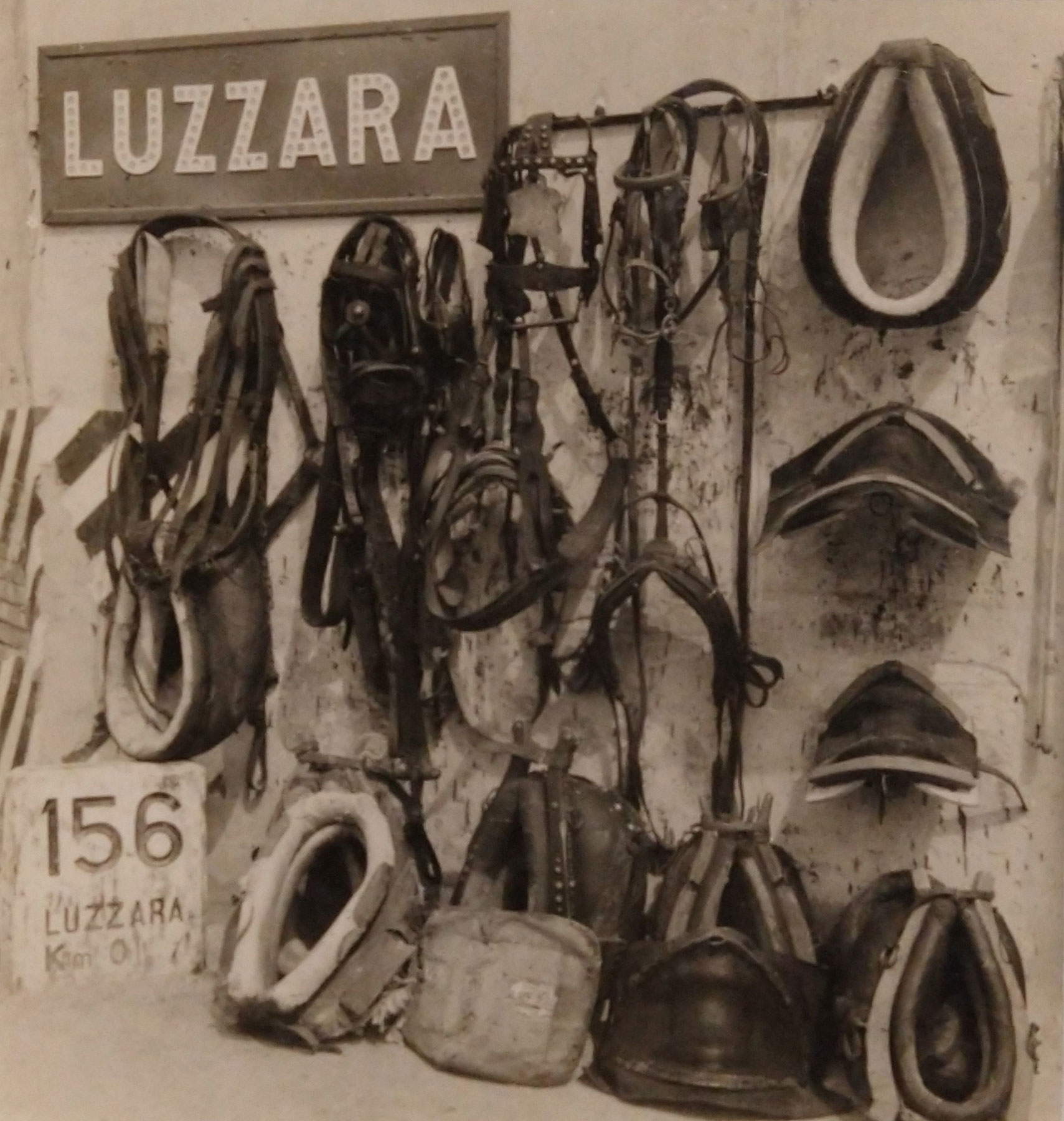
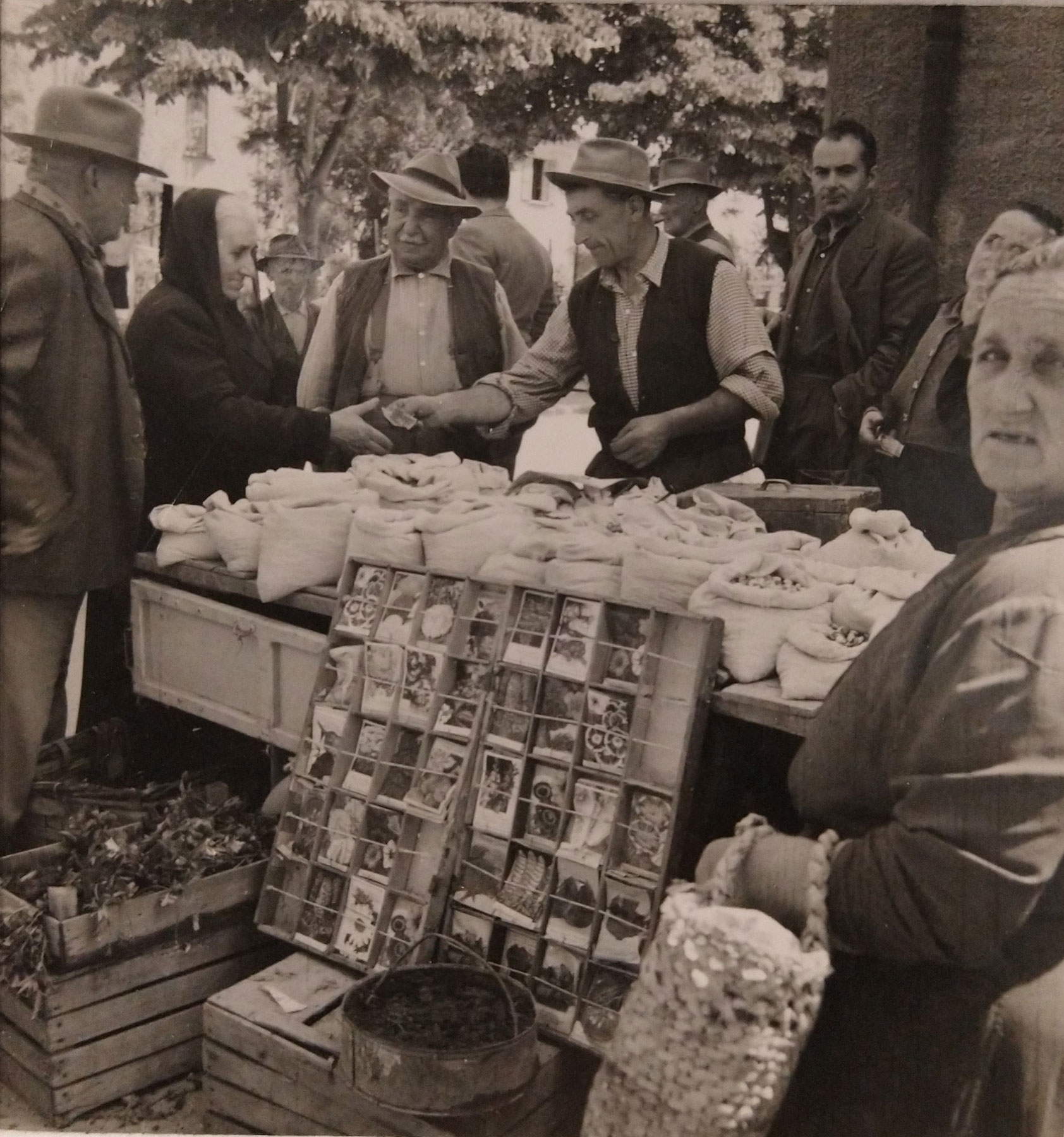
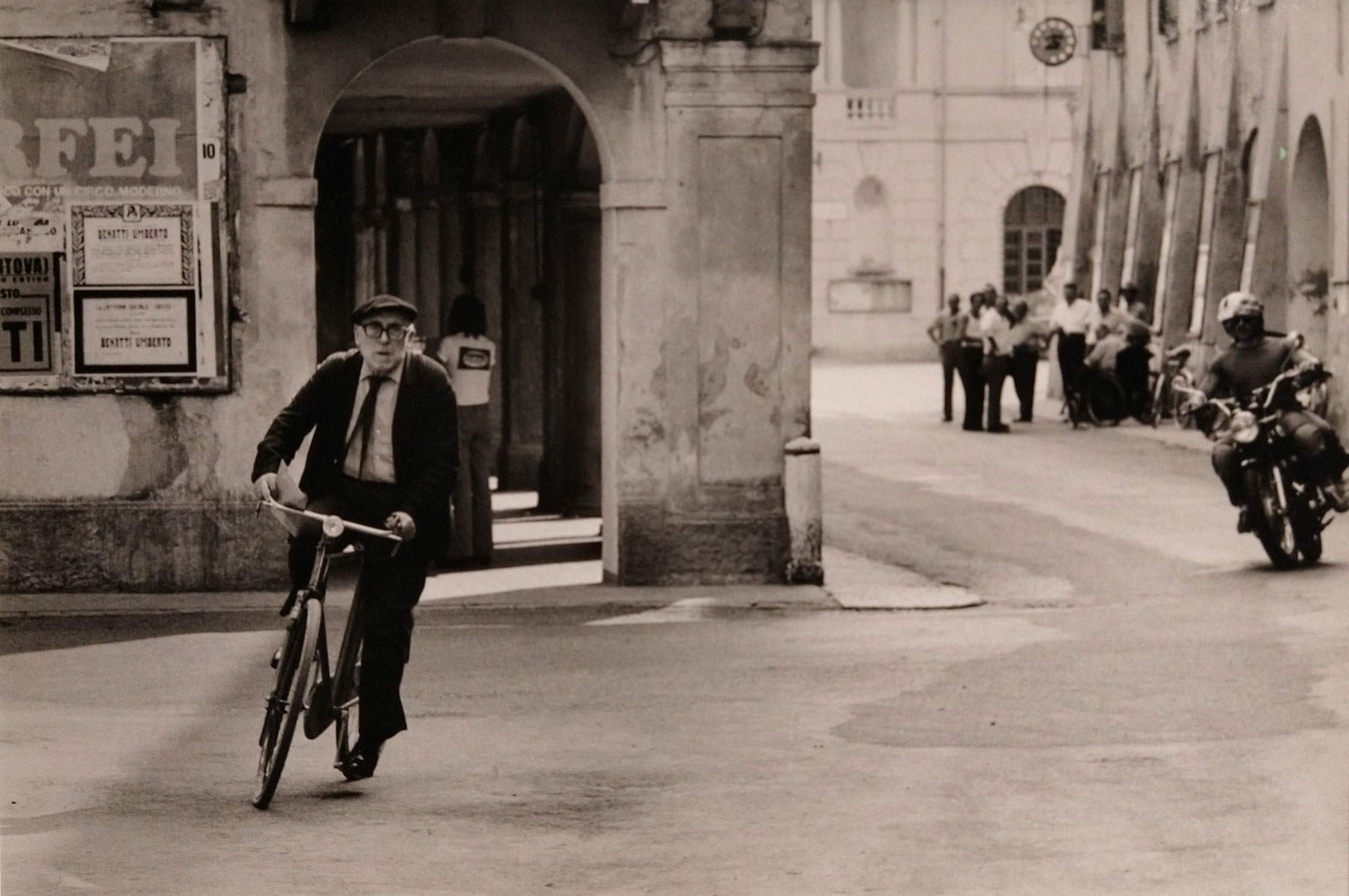
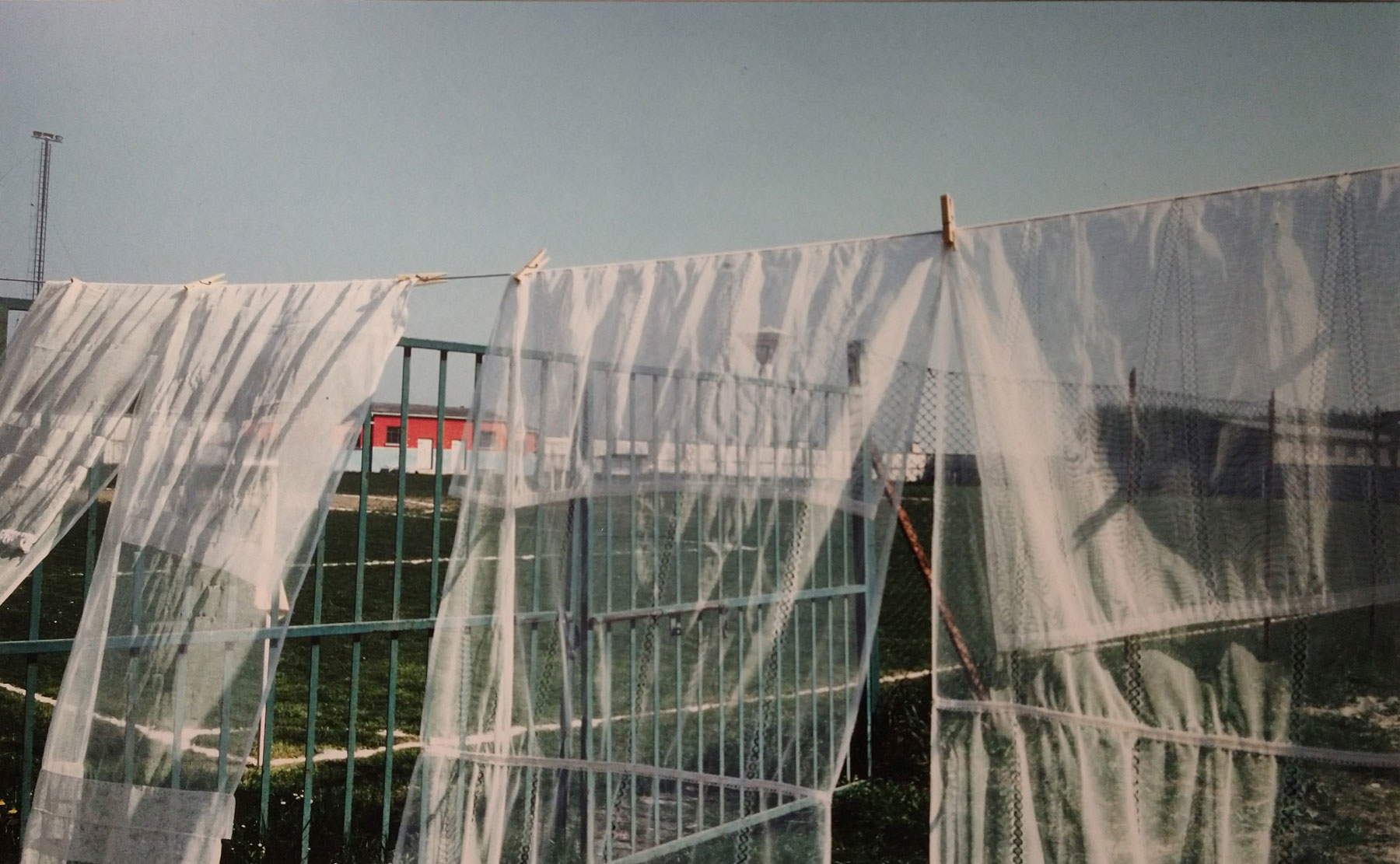
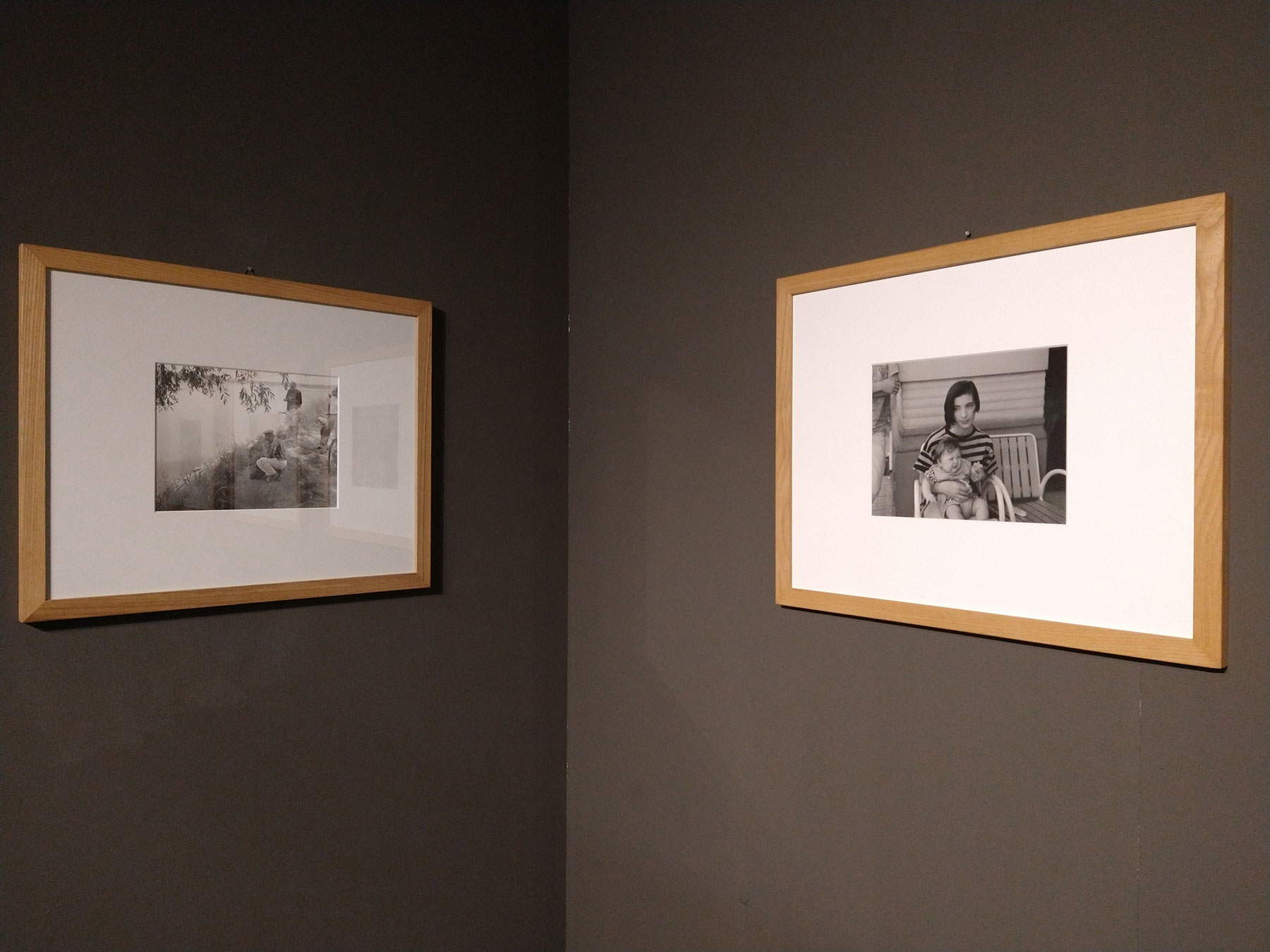
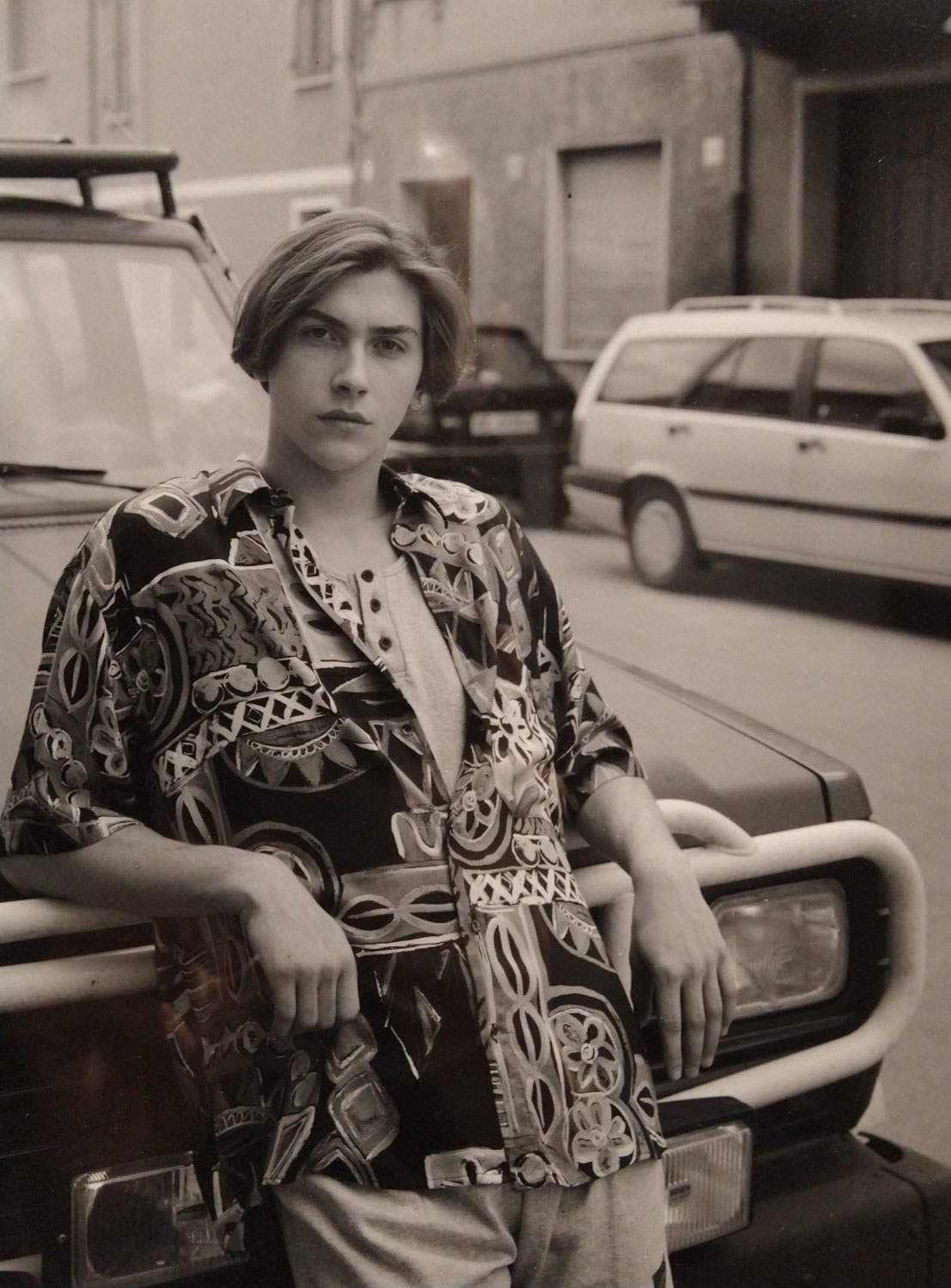

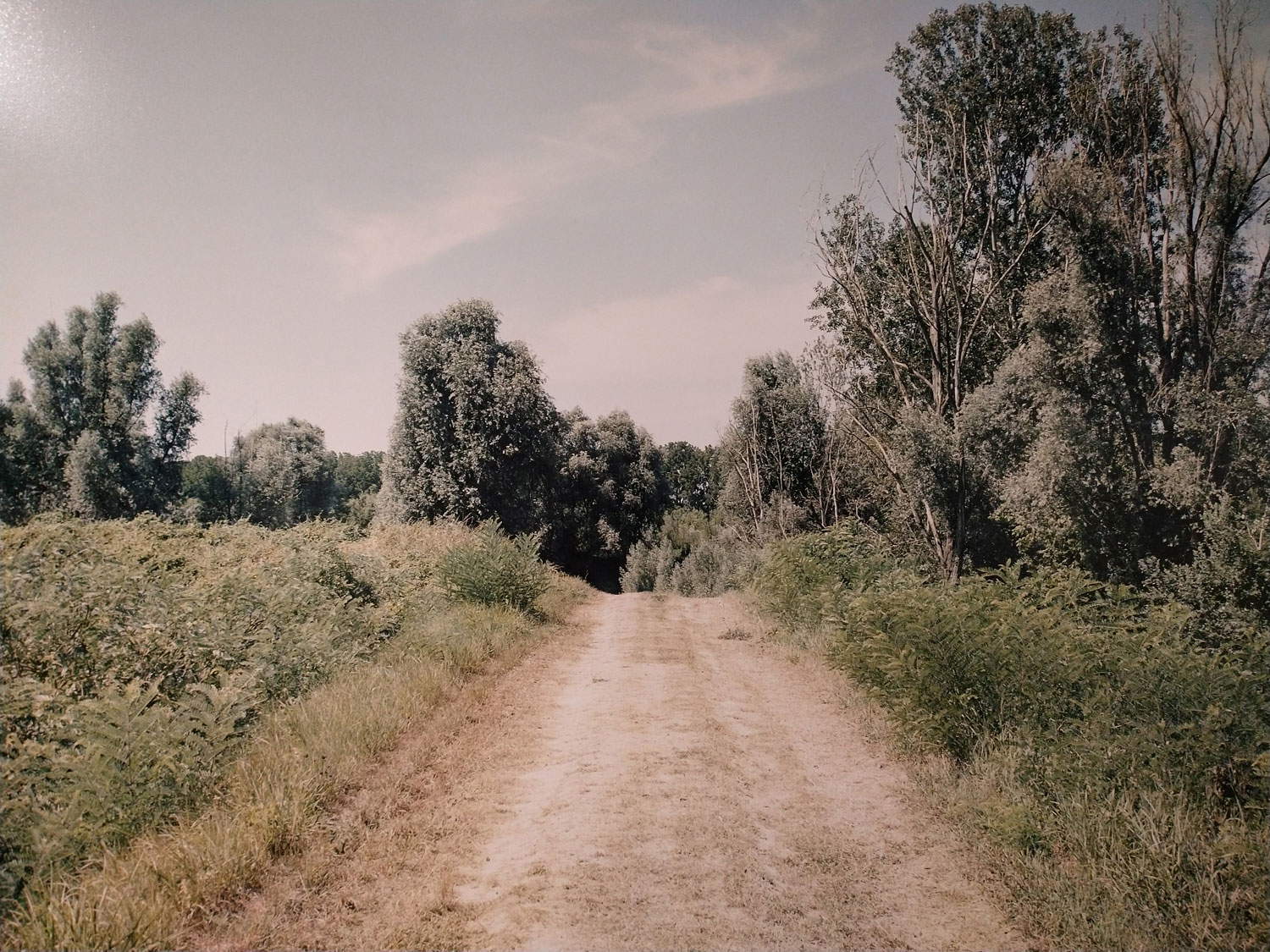
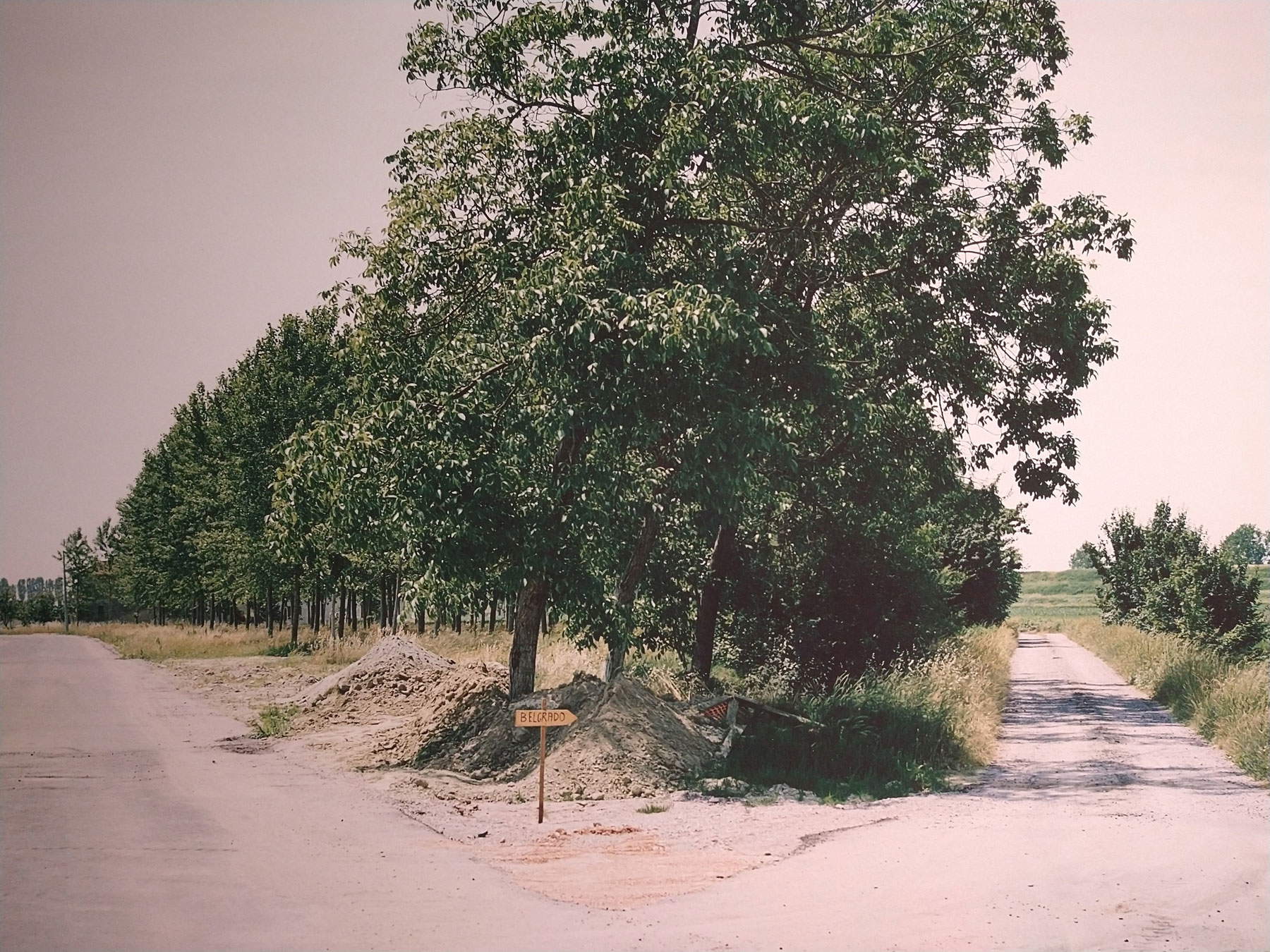
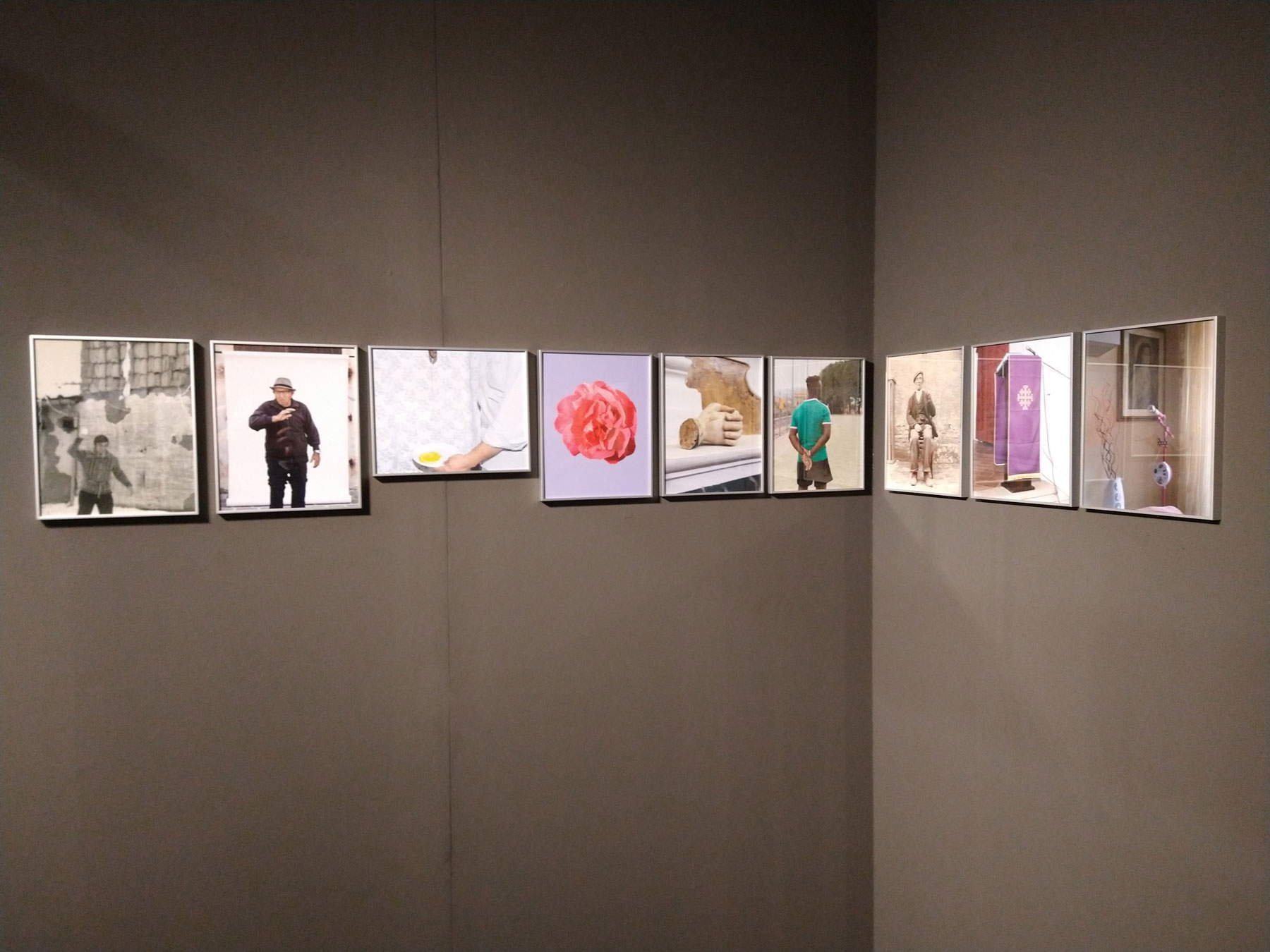
An appendix to An Idea of a Village is the Archivio project, conducted in two Cilento villages, namely Bellosguardo and Atena Lucana. These are photographs intended to contribute to the construction of an “idea of a village,” a collection of vernacular photography made for Archivio Bellosguardo (2019) and Archivio Atena (2021). The two projects, conceived by Alessandro Imbriaco and coordinated with Alessandro Coco, arise from a strong rootedness in the territory: in both cases, it was chosen to work in a village in the Cilento National Park, where young authors were invited to conduct their visual research over the course of a few days. In parallel, a collection of vernacular photography was activated in the same villages, which the inhabitants made available to create a digital archive of family photographs.
The two strands of activity thus led to the creation of a reservoir of images highly articulated in terms of eras, subjects, themes, techniques, and authorship. The young authors have moved not only within the more established tradition of Italian landscape photography but have investigated the multiple possibilities of the medium: a technological device for shooting, an instrument of investigation, a tool for narrative invention and documentation of gestures, activities, expressions almost with an anthropological attitude. Photography was used for its ability to ask questions, to enter into dialogue with a curious and willing local community that not only posed, but also told its story through its oral histories, habits, and rituals.
The exhibition itinerary is developed by favoring retinal stimuli to better account for multiple languages rather than a chronological or narrative strand. Or perhaps, the narrative, as is appropriate when using the visual, is developed with colors, shapes, highlights and concealments. The exhibition crumbles the projects of each author, and each individual fragment, precisely because of its inherent qualities, is intended to contribute to the proposal of a country idea.
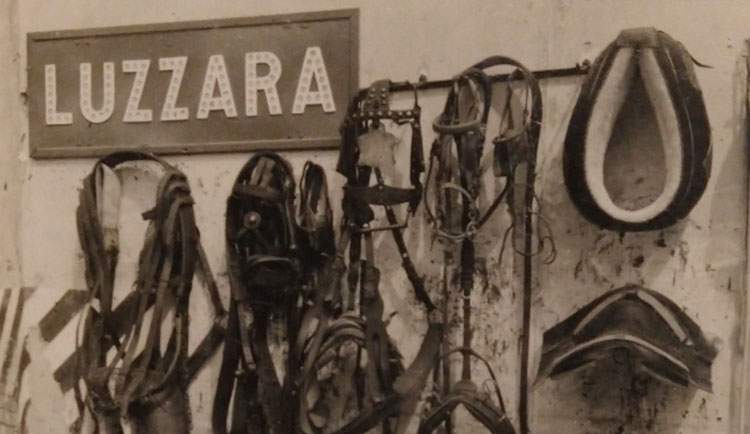 |
| In Sarzana an exhibition dedicated to A Country by Zavattini and Strand, and successors |
Warning: the translation into English of the original Italian article was created using automatic tools. We undertake to review all articles, but we do not guarantee the total absence of inaccuracies in the translation due to the program. You can find the original by clicking on the ITA button. If you find any mistake,please contact us.